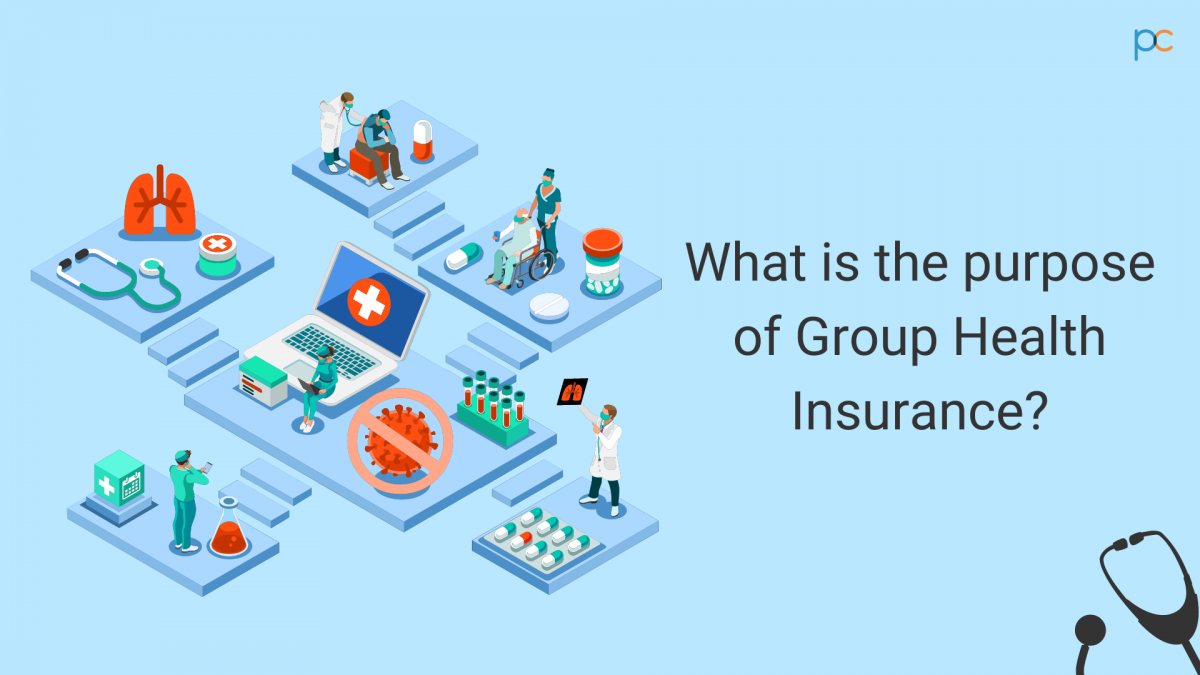4 Simple Techniques For Pacific Prime
4 Simple Techniques For Pacific Prime
Blog Article
Top Guidelines Of Pacific Prime
Table of ContentsPacific Prime Fundamentals ExplainedThe Ultimate Guide To Pacific PrimeThe Definitive Guide for Pacific Prime8 Easy Facts About Pacific Prime ExplainedPacific Prime Things To Know Before You Buy

This is since the information were collected for a period of solid economic efficiency. Of the estimated 42 million individuals that were uninsured, almost about 420,000 (concerning 1 percent) were under 65 years old, the age at which most Americans end up being qualified for Medicare; 32 million were grownups between ages 18 and 65, about 19 percent of all grownups in this age; and 10 million were children under 18 years old, about 13.9 percent of all children (Mills, 2000).
These price quotes of the number of persons without insurance are created from the annual March Supplement to the Present Population Study (CPS), conducted by the Census Bureau. Unless or else noted, national price quotes of individuals without medical insurance and percentages of the populace with various kinds of insurance coverage are based on the CPS, the most extensively used source of quotes of insurance coverage and uninsurance rates.
How Pacific Prime can Save You Time, Stress, and Money.

Still, the CPS is specifically helpful since it creates annual price quotes reasonably quickly, reporting the previous year's insurance protection approximates each September, and since it is the basis for a constant collection of price quotes for even more than twenty years, allowing for evaluation of fads in insurance coverage gradually. For these reasons, in addition to the extensive use the CPS in other studies of insurance coverage that are offered in this report, we count on CPS price quotes, with limitations kept in mind.

The quote of the number of uninsured individuals expands when a population's insurance policy condition is tracked for a number of years. Over a three-year duration starting early in 1993, 72 million individuals, 29 percent of the U.S. https://sitereport.netcraft.com/?url=https://www.pacificprime.com. population, lacked coverage for at least one month. Within a single year (1994 ), 53 million individuals experienced a minimum of a month without coverage (Bennefield, 1998a)
6 out of every 10 without insurance adults are themselves employed. Working does improve the chance that one and one's family participants will have insurance policy, it is not an assurance. Also members of families with 2 permanent wage income earners have almost a one-in-ten opportunity of being uninsured (9.1 percent without insurance price) (Hoffman and Pohl, 2000).
What Does Pacific Prime Do?
New immigrants represent a significant proportion of people without health insurance coverage. One evaluation has associated a significant section of the recent growth in the size of the united state without insurance population to immigrants who arrived in the country in between 1994 and 1998 (Camarota and Edwards, 2000). Current immigrants (those that came to the United States within the previous 4 years) do have a high price of being uninsured (46 percent), but they and their kids account for just 6 percent of those without insurance policy nationally (Holahan et al., 2001).
The relationship between health and wellness insurance policy and accessibility to care is well established, as documented later in this chapter. Although the connection between health and wellness insurance coverage and health and wellness results is neither straight neither basic, an extensive clinical and health services research literature web links medical insurance coverage to better accessibility to care, better high quality, and improved personal and populace wellness condition.
Levels of analysis for examining the results of uninsurance. This discussion of medical insurance protection focuses primarily on the united state population under age 65 because practically all Americans 65 and older have Medicare or various other public protection. Furthermore, it concentrates particularly on those with no medical insurance for any kind of length of time.
The Single Strategy To Use For Pacific Prime
The troubles encountered by the underinsured remain in some respects similar to those faced by the uninsured, although they are typically less severe. international health next page insurance. Uninsurance and underinsurance, nevertheless, involve definitely different plan problems, and the approaches for resolving them might differ. Throughout this research and the 5 records to comply with, the primary focus gets on persons without wellness insurance policy and hence no help in paying for healthcare past what is readily available with charity and security net institutions
Medical insurance is an effective element influencing invoice of care because both individuals and doctors react to the out-of-pocket rate of services - https://issuu.com/pacificpr1me. Medical insurance, however, is neither necessary neither enough to access to clinical services. Nonetheless, the independent and straight result of health and wellness insurance policy coverage on accessibility to wellness solutions is well established.
Others will get the healthcare they need even without health and wellness insurance, by spending for it out of pocket or seeking it from suppliers who supply care free or at extremely subsidized rates. For still others, wellness insurance coverage alone does not ensure invoice of treatment as a result of various other nonfinancial barriers, such as an absence of health treatment service providers in their neighborhood, limited access to transportation, illiteracy, or etymological and cultural differences.
The 8-Minute Rule for Pacific Prime
Formal research study regarding without insurance populations in the United States dates to the late 1920s and early 1930s when the Committee on the Expense of Healthcare generated a series of reports about financing doctor workplace brows through and hospitalizations. This problem ended up being significant as the varieties of clinically indigent climbed during the Great Depression.
Report this page